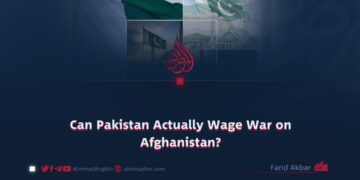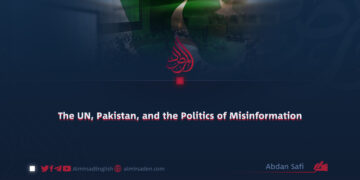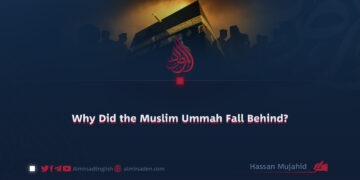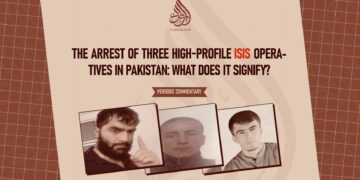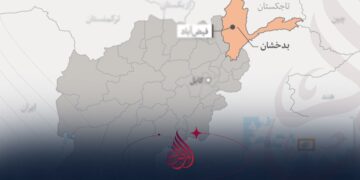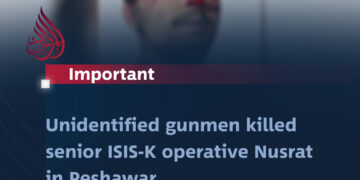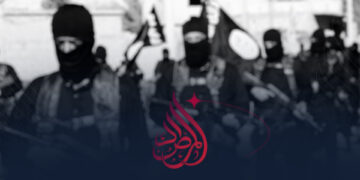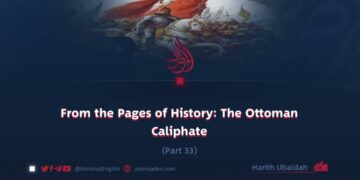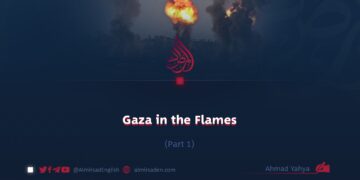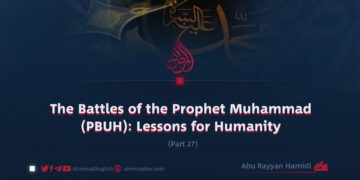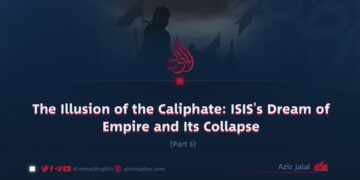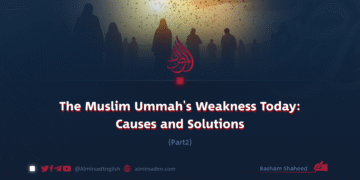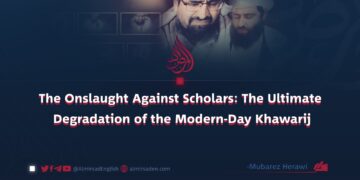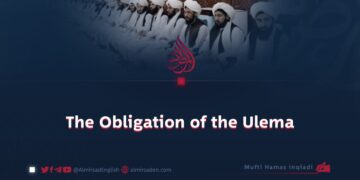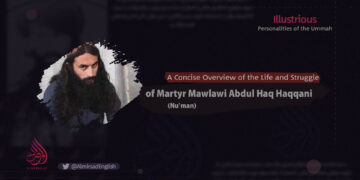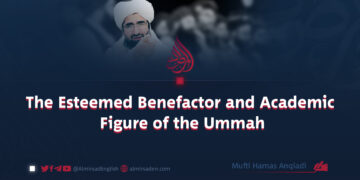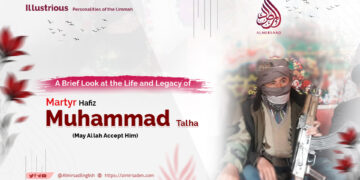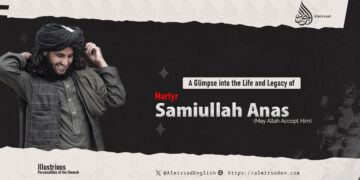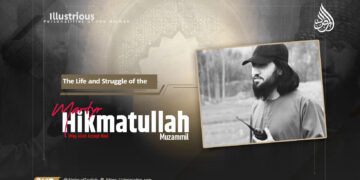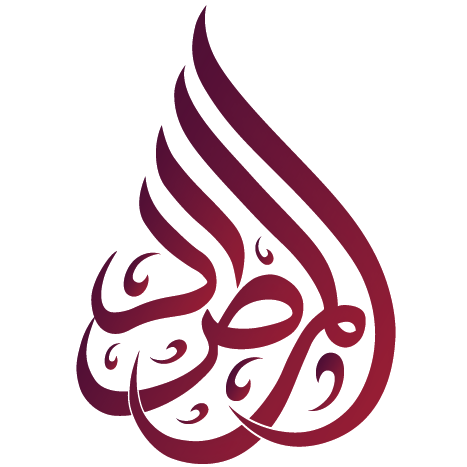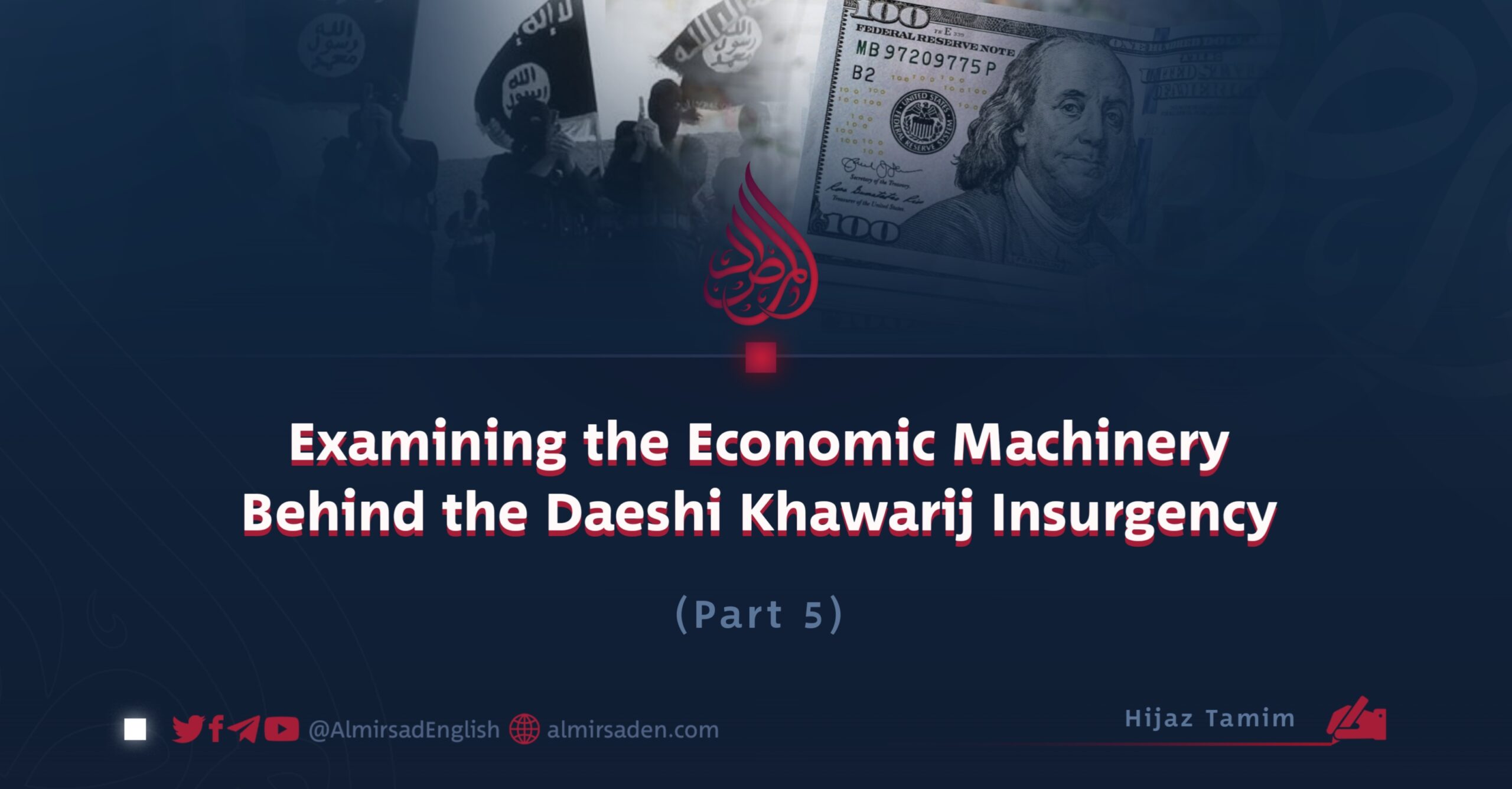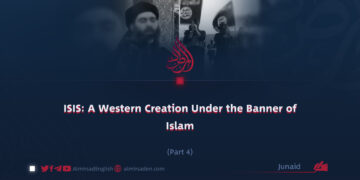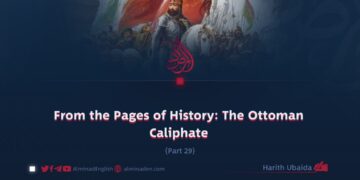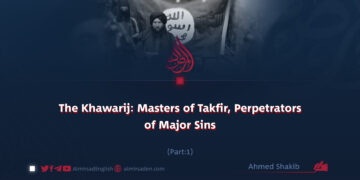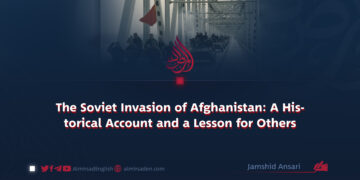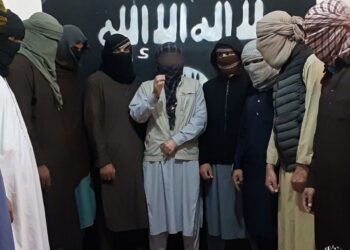Part 5
Author: Hijaz Tamim
The Strategic Misappropriation and Exploitation of Humanitarian Aid
The Daeshi Khawarij have not only pursued their ideological and military objectives through violence but have also systematically misappropriated humanitarian aid for political, financial, and propaganda purposes. Multiple credible international reports—including those published by the United Nations World Food Programme (WFP), France 24, BBC, and other reputable outlets—have documented how ISIS intercepted humanitarian aid during distribution, stripped it of original markings, rebranded it with their own insignia, and redistributed it under their own name.
Humanitarian assistance is intended to alleviate suffering and preserve life, especially in conflict zones. However, ISIS subverted these efforts by using aid as a mechanism to consolidate territorial control, manipulate local populations, and finance its operations. Such actions not only represent blatant violations of fundamental human rights but also erode trust in international aid organizations and undermine the credibility of the global humanitarian system.
This section explores ISIS’s systematic theft and misuse of humanitarian aid, the strategic objectives behind these practices, and supporting documentation from credible international sources.
Documented Evidence of ISIS’s Misuse of Humanitarian Aid
1. United Nations World Food Programme (WFP) Concerns (2015)
In 2015, the WFP reported that ISIS had intercepted food aid shipments, removed all official branding, and replaced it with ISIS insignia. The stolen aid was then redistributed under the group’s name, with the clear objective of bolstering public support and portraying itself as a legitimate governing authority. Similar cases were independently documented by France 24 Observers and BBC News, highlighting a recurring pattern of aid manipulation in ISIS-controlled territories.
2. Business Insider Report on Aid Manipulation
Business Insider documented that ISIS exercised tight control over the conditions under which aid was distributed. They insisted that all distributions be carried out exclusively by their own personnel. If aid packages bore the labels of external organizations, distribution was prohibited. This tactic was aimed at ensuring ISIS received full public credit for the aid, thereby fostering dependence and loyalty among vulnerable populations.
3. Extortion Disguised as Transportation Costs
ISIS imposed financial demands on relief organizations transporting aid through their controlled areas. These payments—frequently labeled as “transportation costs” or similar administrative charges—were in reality extortion and constituted a significant source of revenue for the group.
Strategic Objectives Behind ISIS’s Theft and Exploitation of Aid
1. Financial Resource Generation
ISIS systematically sold stolen humanitarian supplies, generating substantial revenue—reportedly amounting to hundreds of thousands or even millions of dollars. This served as a parallel funding mechanism to support its insurgent activities.
2. Alternative Financing via Money Laundering
In contexts where direct funding avenues were restricted or closely monitored—particularly during active military engagements—ISIS exploited humanitarian aid as an indirect income source. Using money laundering techniques (to be elaborated upon in subsequent sections, Insha’Allah), they converted aid into financial assets outside formal oversight channels.
3. Expanding Local Influence and Soft Control
ISIS distributed portions of stolen aid, rebranded with its insignia, to the local population in territories under its control. This distribution was a calculated effort to present the group as a benevolent authority providing essential services, thereby increasing its grassroots support.
4. Propaganda and Media Exploitation
Footage of ISIS fighters distributing rebranded aid was circulated through the group’s media channels. These visuals were strategically used to enhance their public image, support recruitment narratives, and reinforce claims of governance and legitimacy.


